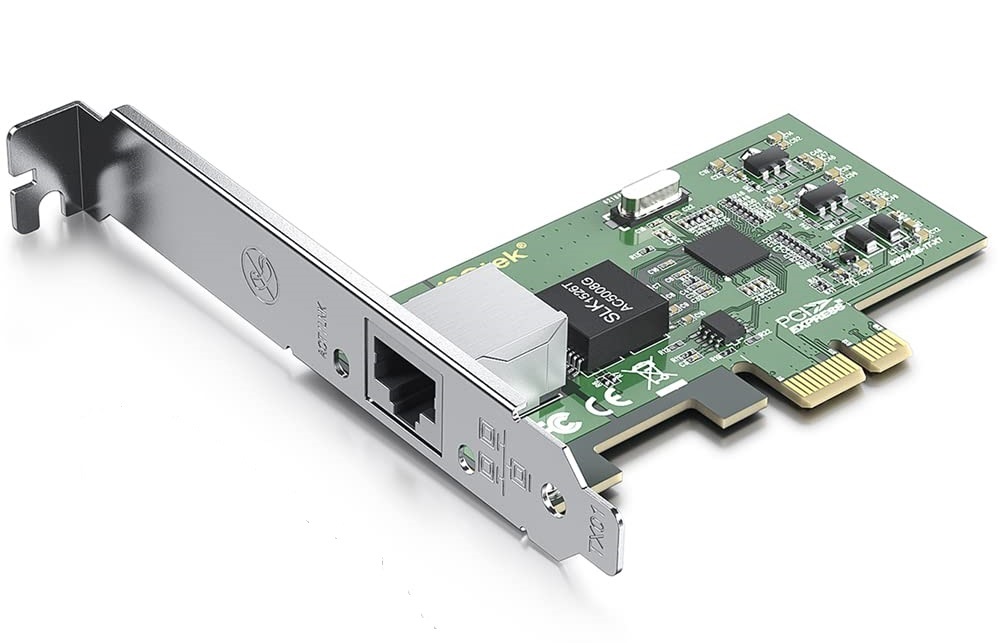A Network Interface Controller (NIC), also known as a network interface card, network adapter, LAN adapter, or physically as an Ethernet card, is a vital piece of computer hardware that enables connectivity and communication between devices in a network. NICs are integral components in modern networking as they allow computers to interact and exchange data with other devices both within local and broad networks.
The Role of NICs in a Network
NICs serve a dual purpose in a network: they provide an interface for the transmission of data, and they also handle the translation of that data between the two formats used by the network and the computer.
- Data Transmission: The NIC provides a physical connection between the networking medium and the computer’s internal bus. Modern NICs use Ethernet technology for wired connections, while wireless NICs use WiFi. NICs allow the transmission and reception of data on the network.
- Data Translation: Network data and computer data aren’t naturally compatible. Network data is typically unstructured and raw, while computer data is organized and formatted. NICs play a crucial role in translating network data into a format that the computer can understand, and vice versa.
Types of NICs
NICs come in several types, and the kind used depends on the network’s needs:
- Ethernet NICs: These are the most common types of network interface cards, and they’re used in most wired networks.
- Wireless NICs: These cards allow for connection to wireless networks using technologies like WiFi.
- Fiber NICs: These NICs are used for connections to fiber-optic networks, which offer faster speeds and longer transmission distances.
- USB NICs: These are external NICs that connect to the computer through a USB port. They’re generally used for portable devices or computers without built-in network capabilities.

The Working of NICs
The Network Interface Controller typically uses a layered protocol (such as the TCP/IP model) to handle data communication across the network. The lowest layer (physical layer) manages the direct connection to the network medium (such as the Ethernet cable or WiFi signal). As data ascends these layers, it is packaged into increasingly complex formats, eventually reaching the transport layer where it is ready to be sent over the network.
Upon receipt, the NIC reverses this process, unpacking the data and sending it into the computer via the appropriate bus (PCI, PCIe, USB, etc.) in a format that the computer can understand.
MAC Addresses and NICs
Every NIC has a unique identifier known as the Media Access Control (MAC) address. The MAC address is a 48-bit number (in hexadecimal format) that is hard-coded into the card during production. This address is used by the network to identify each device and direct data to the correct location. While IP addresses can change based on the network a device is currently on, the MAC address remains constant.
Conclusion
In summary, the Network Interface Controller is a critical component in any networked system. It serves as the bridge between a device and the network, enabling the flow of information. It handles the conversion of data between the formats used by the network and the computer, manages the physical connection to the network, and maintains a unique identifier (the MAC address) to facilitate proper data direction. Without NICs, the interconnected world as we know it would not be possible.
